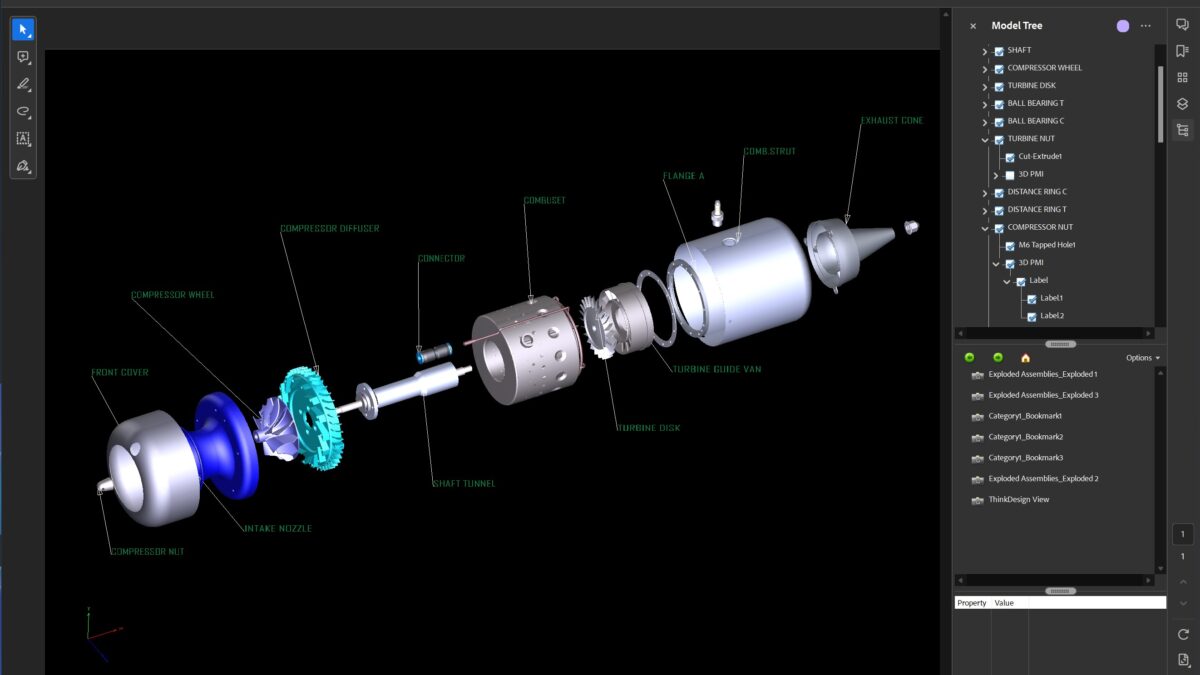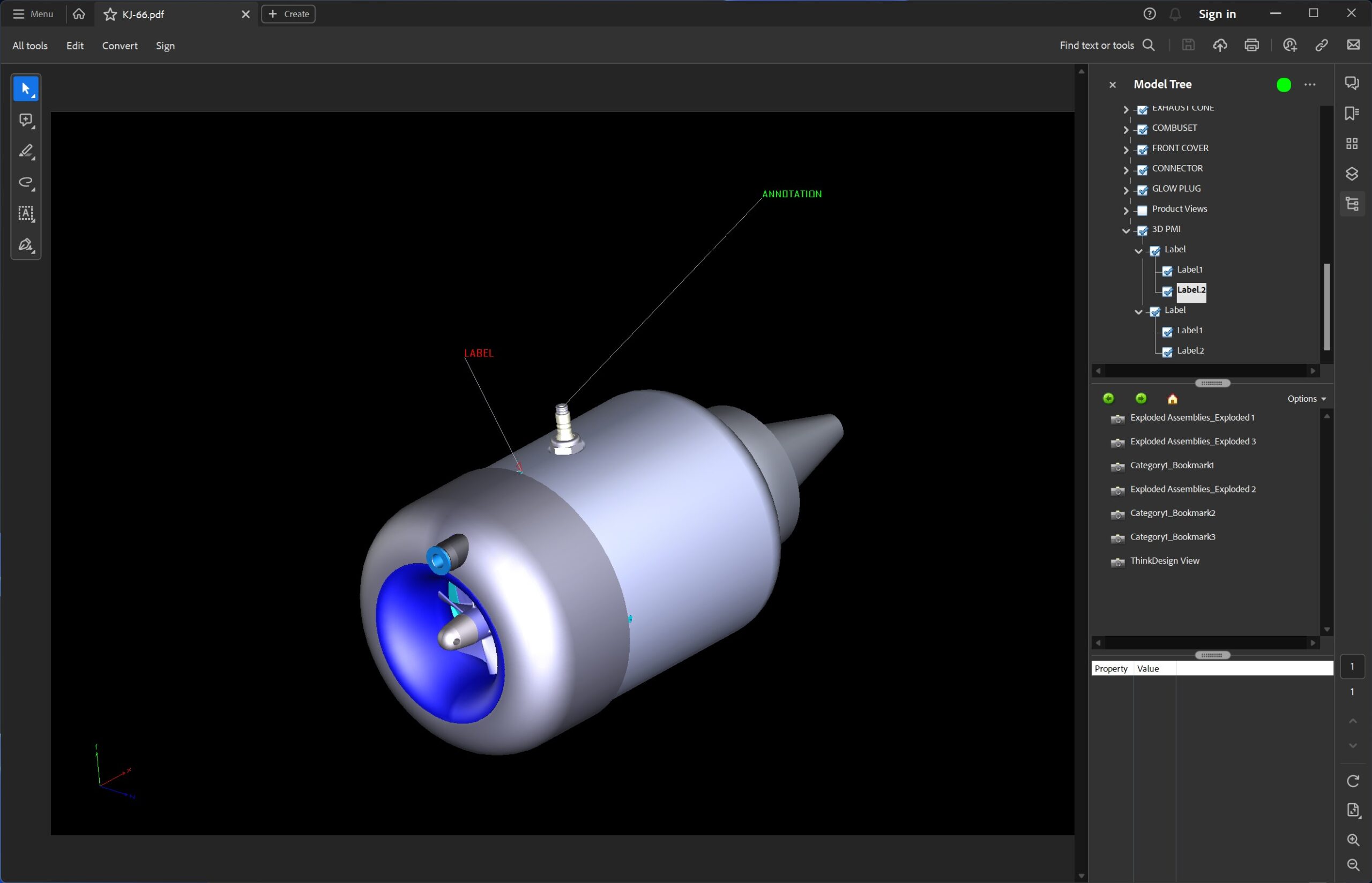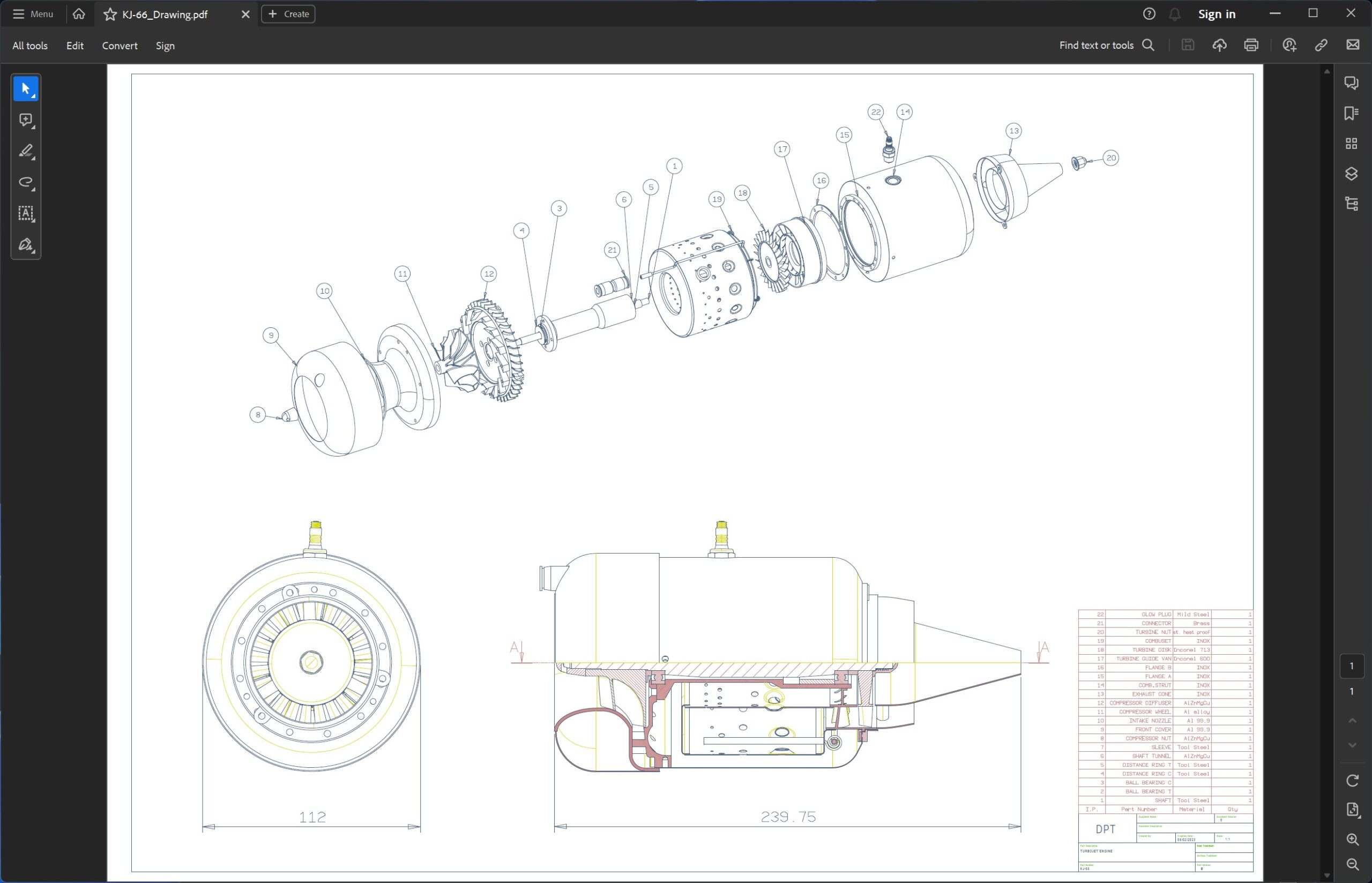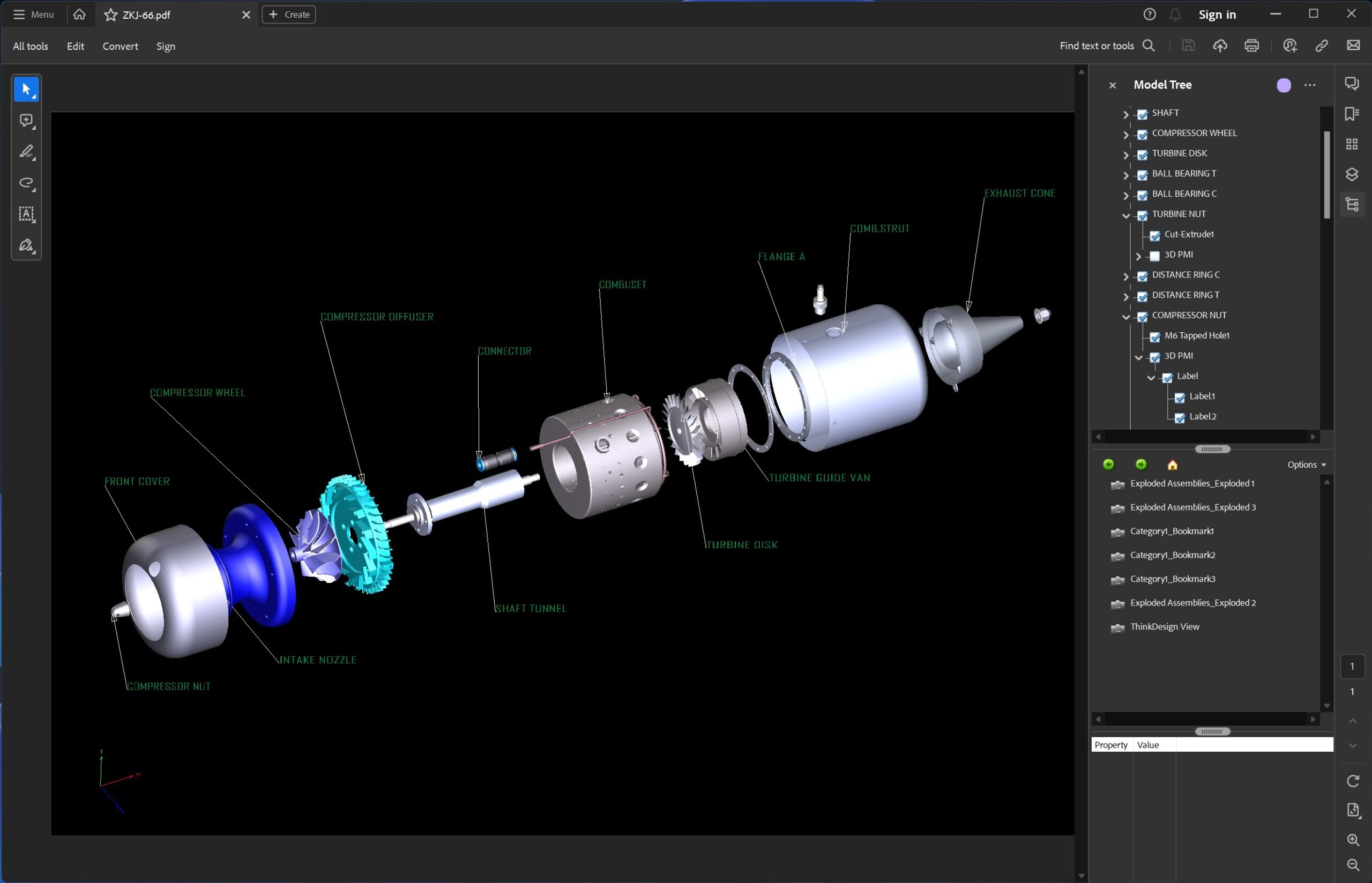Focus On: Improve company processes thanks to 3D model sharing

In this article, we’ll dig into the meaning of 3D model files sharing within a company, highlighting the benefits of using the PDF format in the sharing process.
In the companies’ fast-paced and competitive landscape, seamless communication and collaboration among departments is critical to success.
Therefore, finding a way to share projects is a crucial aspect for improving the efficiency of the company’s communication processes, enabling collaboration and real-time feedback between various departments – such as design, purchasing, production, marketing and management – while ensuring that all relevant areas of the company have the opportunity to access accurate and up-to-date information.
Proper model sharing accelerates the decision-making process, improves design accuracy, and optimizes production workflows by bridging the gap between technical and non-technical users, enabling seamless communication and a shared understanding of complex engineering projects.
To enable client companies to implement these processes, ThinkDesign provides – in addition to viewers and proprietary formats – the ability to save and share models in the 3D PDF format.
This can be the first step in a process of sharing and managing business data for those companies that have not yet equipped themselves with PDM/PLM solutions, such as ThinkTeam, that can guarantee effective and complete management of information and related processes.
Developed by Adobe, PDF – Portable Document Format – is now an open standard maintained by the International Organization for Standardization (ISO) and it is renowned for its universal accessibility.
ThinkDesign allows you to save documents to the 3D PDF format, which can then be easily viewed using the free Adobe Acrobat Reader software.
ThinkDesign also allows documents to be password-protected and encrypted, ensuring that sensitive design data remains secure during the sharing process.
Proper model sharing accelerates the decision-making process and optimizes production workflows by bridging the gap between technical and non-technical users, enabling seamless communication and a shared understanding of the outputs of the design department.
Allowing access to 3D models to people in the organization who may not have access to dedicated CAD software, 3D PDF represents a versatile solution for documents and models exchange, regardless of the device being used.
3D PDF can contain a 3D view of a CAD model that can be explored in three dimensions. 3D PDF allows users to interact with 3D models, exploring them from different angles, zooming, panning, and even getting a detailed visualization of the different components of the assembly.
ThinkDesign can generate advanced PDF documents and it enables the export of engineering data such as CAD geometry, annotations and labels markups, views, measurements and bills of materials (BOM).
Visual bookmarks views and exploded views of an assembly model can be saved in the PDF file. They provide a fast and simple way to recall the general state of the document by managing its visual appearance, the features and layers activation status and the presence or absence of entities, components and annotations.
By embedding annotations, comments, and markups in the PDF, users can provide feedback and initiate productive discussions among team members, thus enhancing proactive collaboration.
In conclusion, ThinkDesign makes it possible to improve interaction processes with suppliers and customers through digital processes that implement new standards of efficiency and collaboration.



